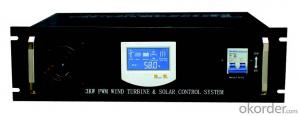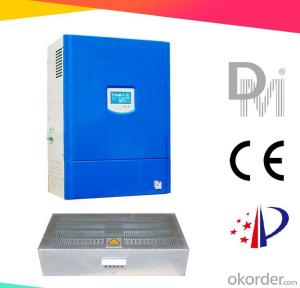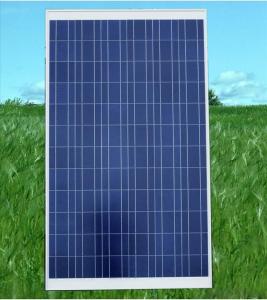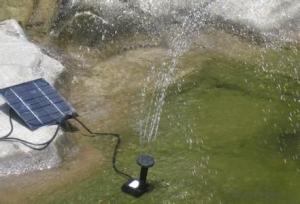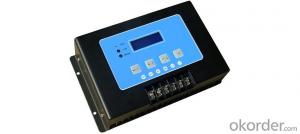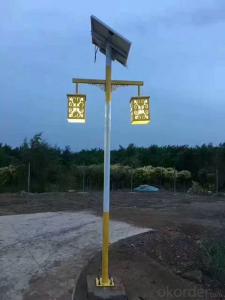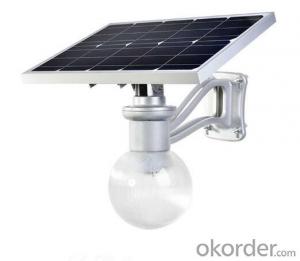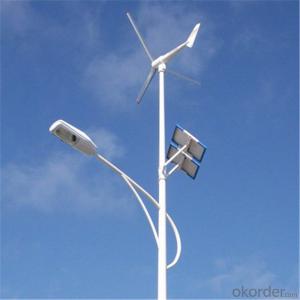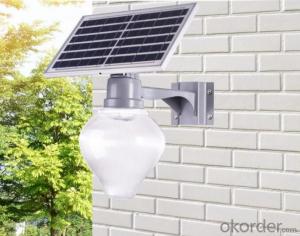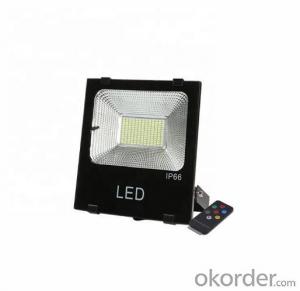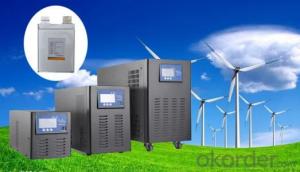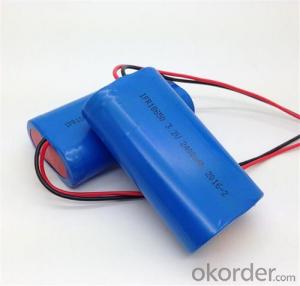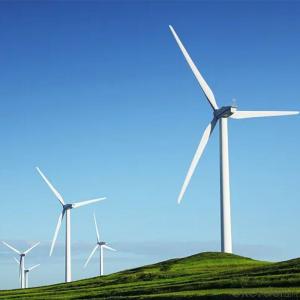Solar Hybrid Pcu Inverter
Solar Hybrid Pcu Inverter Related Searches
Solar Pcu Inverter Hybrid Solar Power Inverter Solar Hybrid Inverter Hybrid Solar Inverter Solar Panel Hybrid Inverter Solar Inverter Hybrid Inverter Solar Hybrid Solar System Hybrid Inverter Smart Hybrid Solar Inverter Inverter Hybrid Solar Hybrid Solar Charger Inverter Hybrid Inverter Solar Pcu Mode In Solar Inverter Buy Hybrid Solar Inverter Hybrid Inverter Charger Solar Best Solar Hybrid Inverter Hybrid Inverter Solar Panel Solar Inverter Pcb Kit Hybrid Solar Inverter Charger Hybrid Solar Inverter System Best Hybrid Solar Inverter Solar Hybrid Inverter System Power Solar Inverter Solar Edge Hybrid Inverter Solar Powered Power Inverter Pcs Solar Inverter Eps Solar Hybrid Inverter Solar Pv Inverter Solar Powered Inverter Solar Photovoltaic InverterSolar Hybrid Pcu Inverter Supplier & Manufacturer from China
Solar Hybrid PCU Inverter is a cutting-edge product that combines the functionalities of a solar inverter and a PCU (Power Conditioning Unit) into a single, compact unit. This innovative design allows for seamless integration of solar energy into various electrical systems, making it an essential component in the renewable energy industry.The Solar Hybrid PCU Inverter is widely used in various applications, such as residential and commercial solar power systems, off-grid energy solutions, and backup power systems. Its ability to efficiently convert solar energy into usable electricity and manage power flow within the system makes it a versatile and reliable choice for those looking to harness the power of the sun. The inverter's compatibility with different types of solar panels and its user-friendly interface make it a popular choice among installers and users alike.
Okorder.com is a leading wholesale supplier of Solar Hybrid PCU Inverters, boasting a large inventory of high-quality products from reputable manufacturers. With competitive prices and a commitment to customer satisfaction, Okorder.com is the go-to destination for those in need of reliable and efficient solar energy solutions.
Hot Products

